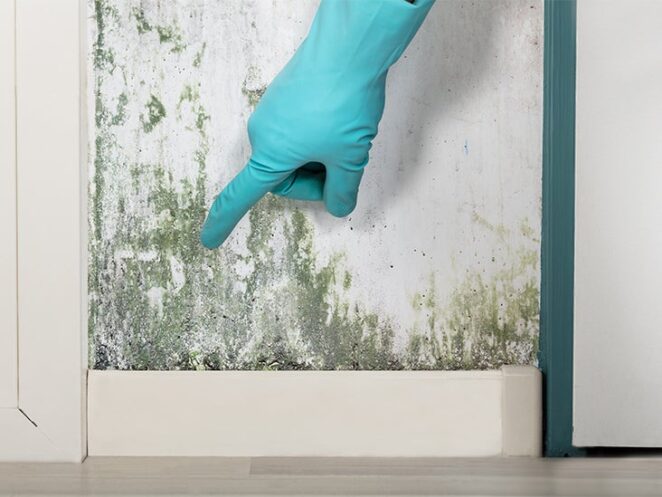Mold can be a serious health hazard in the workplace. If you suspect mold in your workplace, it’s important to take action and report it as soon as possible. Filing a mold report is the first step in addressing the issue and ensuring the environment is safe for all employees. Here, we will discuss the steps you need to take to file a mold report at work and how to ensure that the situation is properly addressed.
1. Observe and Document the Mold

This involves identifying the location and extent of the mold, as well as taking photographs or making notes about any related symptoms, such as allergies or respiratory problems. By documenting the mold, you can provide clear evidence of its existence and help ensure it is properly addressed. It’s important to be as detailed as possible in your observations, including the color, texture, and any other identifying features of the mold.
2. Inform Your Supervisor or Employer
Informing your supervisor or employer is crucial to filing a mold report at work. Your supervisor or employer is responsible for ensuring that the workplace is safe and healthy for all employees. By informing them of the mold, they can take appropriate action and begin addressing the issue. It’s important to be clear and concise when reporting the mold, providing details such as the location and extent of the mold growth.
3. Contact the Company’s Safety Officer or HR Department

After informing your supervisor or employer about the presence of mold, the next step is to contact the company’s safety officer or HR department. This is an important step because they are responsible for ensuring the workplace is safe and healthy for employees. The safety officer or HR department can also guide the steps needed to address the mold issue. It’s important to document all communication related to the mold report and to follow up with the safety officer or HR department to ensure that the situation is being addressed promptly and effectively.
4. Schedule a professional mold inspection
Once you have reported the presence of mold in your workplace, it’s important to schedule a professional mold inspection. A professional inspection will determine the extent of the mold problem and identify the specific type of mold present. This information is crucial in determining the appropriate action to address the issue. An industrial hygienist or a certified mold inspector may conduct a professional mold inspection. Your employer may hire a contractor to remove the mold if necessary.
5. Follow Up With Your Employer and Take Action if Necessary

After filing a mold report at work and scheduling a professional inspection, following up with your employer is important to ensure proper action is taken. Depending on the severity of the mold infestation, restoration1 may be required to properly remove the mold and prevent it from returning. Your employer should communicate with you about any necessary actions that need to be taken and provide updates on the progress of the restoration process.
Filing a mold report at work is an important step in ensuring the health and safety of all employees. By following the steps outlined, employees can take action to address the issue and prevent any further mold growth in the workplace. Remember, staying vigilant and persistent in addressing mold issues is key to maintaining a safe and healthy work environment.
 Vermont Republic Second Vermont Republic
Vermont Republic Second Vermont Republic



